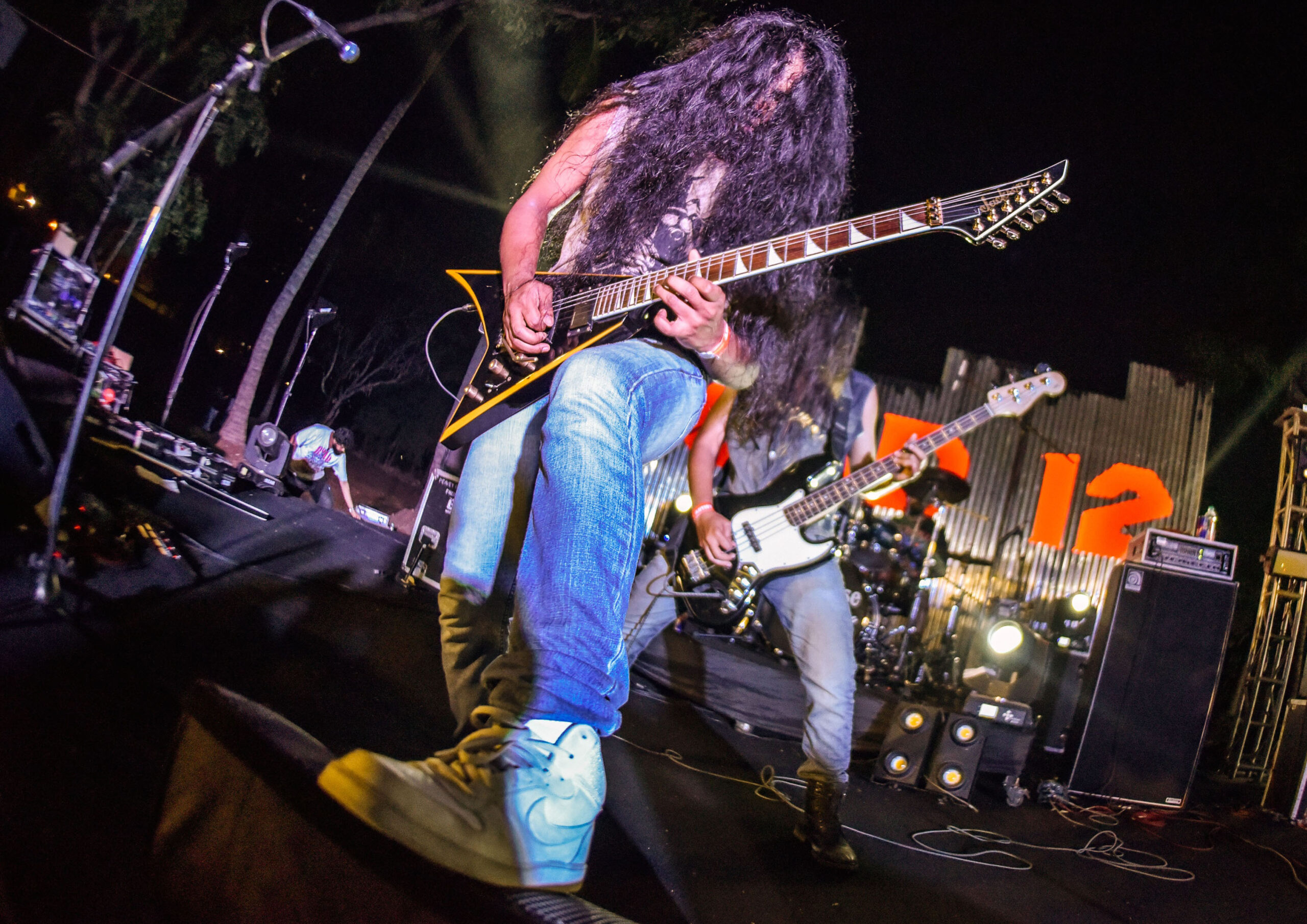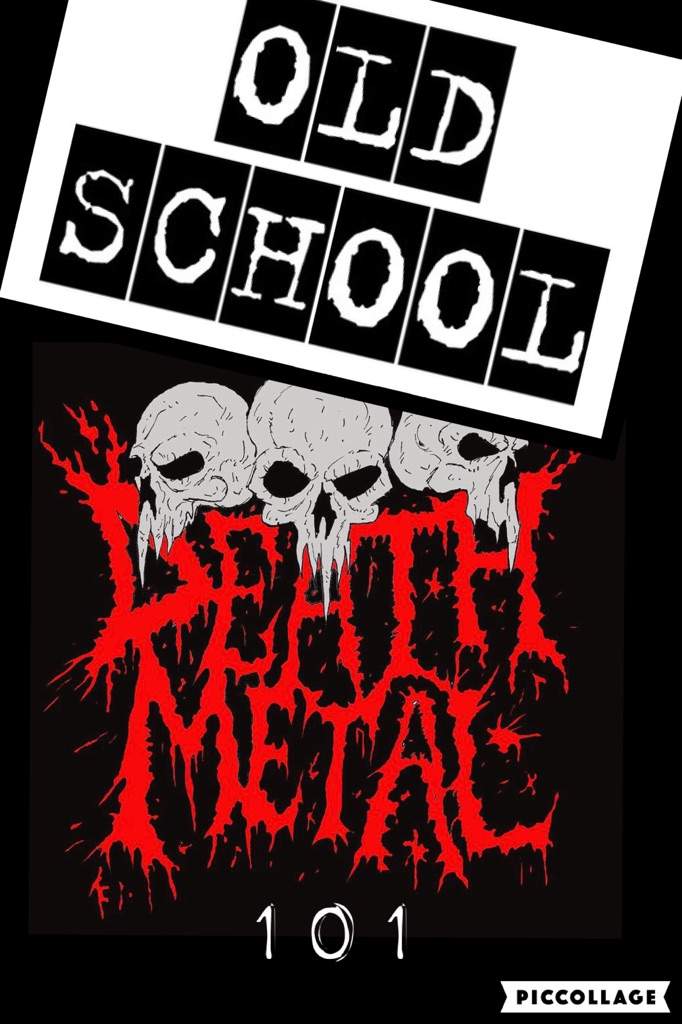

The genre helped pave the way for the emergence of black metal, grindcore, and other extreme metal styles. However, by the late 1990s, the popularity of death metal began to wane as nu-metal and other alternative genres gained popularity.ĭeath metal's influence on the development of extreme metal cannot be overstated. In the mid-1990s, deathcore emerged as a style of death metal that blended elements of death metal with hardcore punk, creating a sound that was even more aggressive and heavy than traditional death metal.

Despite the controversy, death metal continued to grow in popularity throughout the 1990s.

Many death metal bands were accused of promoting Satanism, violence, and murder. The lyrical content of many death metal bands was often controversial, drawing criticism from politicians, religious leaders, and parents' groups. Swedish bands like Entombed and Dismember popularized a style of death metal known as "Swedish death metal," which featured a buzzsaw guitar tone and a focus on melody. Bands from Europe, South America, and Australia began to adopt the genre, creating their own unique takes on the style. In the early 1990s, death metal became a global phenomenon. Bands like Cannibal Corpse, Deicide, and Autopsy emerged from different parts of the United States, each bringing their own unique take on the death metal sound. These bands were characterized by their technical musicianship and brutal sound, taking the genre to new heights.īy the late 1980s, death metal began to spread beyond its Florida roots. Bands like Death, Morbid Angel, and Obituary became part of the burgeoning death metal scene in the region. Their 1985 album "Seven Churches" featured fast-paced riffing and guttural vocals that set the tone for the genre.Īround the same time, a number of other bands in Florida were experimenting with the death metal sound. Possessed, a band from San Francisco, is considered by many to be the first death metal band. These bands experimented with faster tempos, heavier riffs, and more aggressive vocals, paving the way for the development of death metal in the mid-1980s.

Thrash metal bands like Metallica, Slayer, and Exodus laid the foundation for the emergence of death metal. The genre emerged in the late 1980s and early 1990s and has since become one of the most popular sub-genres of metal. Bloodlust (widely regarded as the country's first death metal band) was there in those early days, as was death thrash three-piece Orator (formerly Barzak), and Weapon many may remember them as a Canadian band, but Weapon actually originated in Dhaka, where founder Vetis Monarch was born and returned in 2004 to record the Within the Flesh of the Satanist demo.Death metal, a subgenre of heavy metal, is known for its fast-paced, heavy guitar riffs, blast beat drumming, and growled vocals. In the late 90s and early 2000s, Dhaka's first extreme metal bands started to emerge. Thirty years ago, hard rock and heavy metal bands like Warfaze (who are still active today and among the most popular bands in the country of some 156 million odd souls), got their start, later paving the way for heavier bands, such as prog rock favorites Artcell, to achieve mainstream success in the 90s. The history of Dhaka heavy metal goes back to the early 80s, perhaps not surprising considering the country's British colonial history, which was exploitative and tumultuous time period from which bands of an extreme nature still draw lyrical inspiration to this day. Yes, Dhaka-the Bengal capital and one of the most densely populated urban centers on the plane- boasts a scene rife with bands riding a fresh wave of old school revivalism, a fanatic tide wherein Sepultura never released anything after Max Cavalera ingloriously departed, Metallica folded following …And Justice For All, and the alphabetical Morbid Angel discography skipped over that horrific "I" record altogether.


 0 kommentar(er)
0 kommentar(er)
